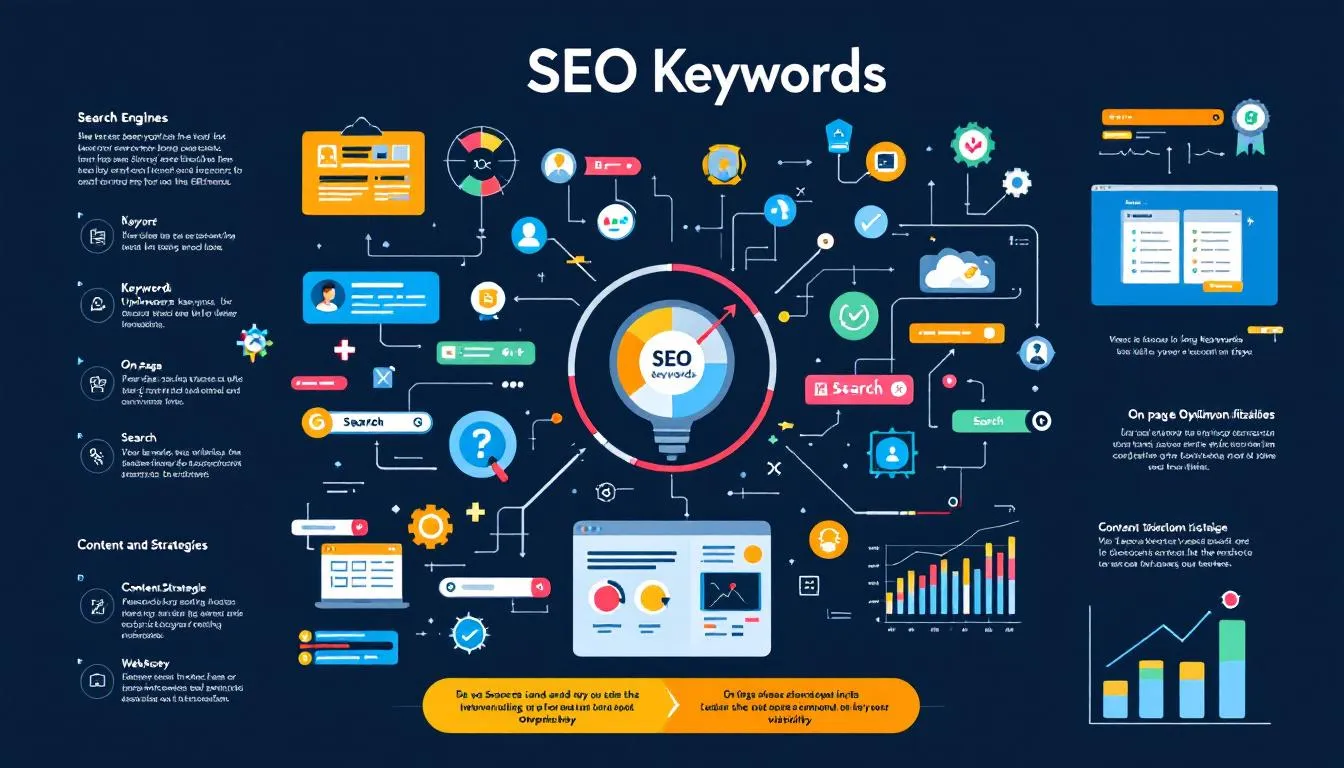Is your website suffering from low engagement, and you can’t figure out why? Don’t worry, you’re not alone. Many businesses grapple with the mystery of low website engagement. These traffic troubles can be frustrating, whether it’s low page views, high bounce rates, or lack of conversions. But fear not because, in this article, we’ll dive deep into solving the mystery of low website engagement.
We’ll explore the factors contributing to low engagement, such as poor website design, unclear navigation, irrelevant content, and slow loading times. By identifying these underlying issues, we can develop effective strategies to improve engagement and keep visitors on your website longer.
So, if you’re ready to unlock the secrets to higher website engagement and boost your conversions, this article is for you. Get ready to uncover the hidden clues and discover solutions to your traffic troubles. Let’s start solving the mystery of low website engagement together.
Understanding Website Engagement
Website engagement refers to the level of interaction and interest that visitors have with your website. It’s not just about the number of visitors but also about how they interact with your content, navigate your site, and ultimately convert into customers.
Understanding website engagement is crucial because it helps you identify whether your website is effectively capturing and retaining the attention of your target audience.
Signs of Low Website Engagement
Low website engagement can manifest in various ways. One of the most common signs is a high bounce rate, meaning visitors leave your site shortly after landing on it. Other signs include a low average time on the page, a low number of page views per session, and a low conversion rate.
If you notice any of these signs, it’s time to investigate further and uncover the factors contributing to low engagement.
Factors Affecting Website Engagement
Several factors can contribute to low website engagement. One of the major culprits is poor website design. Visitors will likely leave quickly if your website is visually unappealing, cluttered, or challenging to navigate. Another factor is irrelevant or poorly written content.
If your content doesn’t address the needs and interests of your target audience, they won’t stick around to read it. Slow loading times can also be a major turnoff for visitors who don’t want to wait for your site to load.
Analyzing Website Metrics
It would be best to analyze your website metrics to solve the mystery of low website engagement. This will give you valuable insights into how visitors interact with your site and where they may drop off.
Start by looking at your bounce rate, average time on the page, and page views per session. If these numbers are low, it’s a clear indication that visitors are not finding what they’re looking for or are not engaged enough to explore further. Additionally, study your conversion rate to see if visitors are taking the desired actions on your site.
Improving Website Content
One of the most effective ways to boost website engagement is by improving your content. Start by conducting thorough research to understand your target audience’s needs, interests, and pain points. Use this information to create high-quality, relevant content that provides value and addresses their specific concerns.
Make sure your content is well-written, easy to read, and engaging. Use headlines, subheadings, and bullet points to break up the text and make it more scannable. Incorporate visuals, such as images and videos, to enhance the overall experience.
Enhancing Website Design and User Experience
Your website design plays a crucial role in capturing and retaining the attention of your visitors. Ensure your website is visually appealing, professional, and aligned with your brand identity. Use a clean and organized layout that makes it easy for visitors to find what they want.
Invest in responsive design so your site looks great on all devices. Streamline your navigation by using clear menus and logical categories. Consider implementing user-friendly features like search bars, filters, and breadcrumbs to enhance the overall user experience.
Utilizing Call-to-Actions Effectively
Call-to-actions (CTAs) are an essential tool for driving engagement on your website. They prompt visitors to take specific actions, such as signing up for a newsletter, requesting a quote, or purchasing. To effectively utilize CTAs, make them prominent and visually appealing.
Use compelling copy that communicates the value of taking the desired action. Place CTAs strategically throughout your website, including landing pages, blog posts, and product pages. Test different CTAs and placements to find what works best for your audience.
Implementing Social Sharing and Engagement Features
Social sharing and engagement features can significantly boost website engagement. These features allow visitors to easily share your content on social media platforms, increasing your reach and driving more traffic to your site. Additionally, incorporating features like comments, ratings, and reviews encourages visitors to engage with your content and share their thoughts.
Make sure these features are visible and easily accessible throughout your website. Engage with your audience by responding to comments and reviews and encouraging discussions to foster community.
Optimizing Website Loading Speed
Slow loading times can have a detrimental impact on website engagement. Visitors expect websites to load quickly; if they wait for your site to load, they’re likely to leave and never return. Start by minimizing image sizes and compressing files to optimize your website loading speed.
Enable browser caching to store some aspects of your site on visitors’ browsers so they don’t have to be loaded every time. Use a content delivery network (CDN) to ensure your site is delivered quickly to visitors from different locations. Regularly monitor your site’s loading speed and make necessary improvements.
Final Thoughts
Engagement is a crucial metric for any website. It indicates how well your audience interacts with your content and how likely they will convert into customers.
Low engagement can significantly impact your business, affecting your brand reputation, customer acquisition, and bottom line. It is essential to identify the root causes of low engagement and take proactive steps to address them.
Not sure where to start? Contact Netvolution today for all of your website needs.

Are You Looking To Learn SEO?
SEO Expert Academy is Ready to Help!




